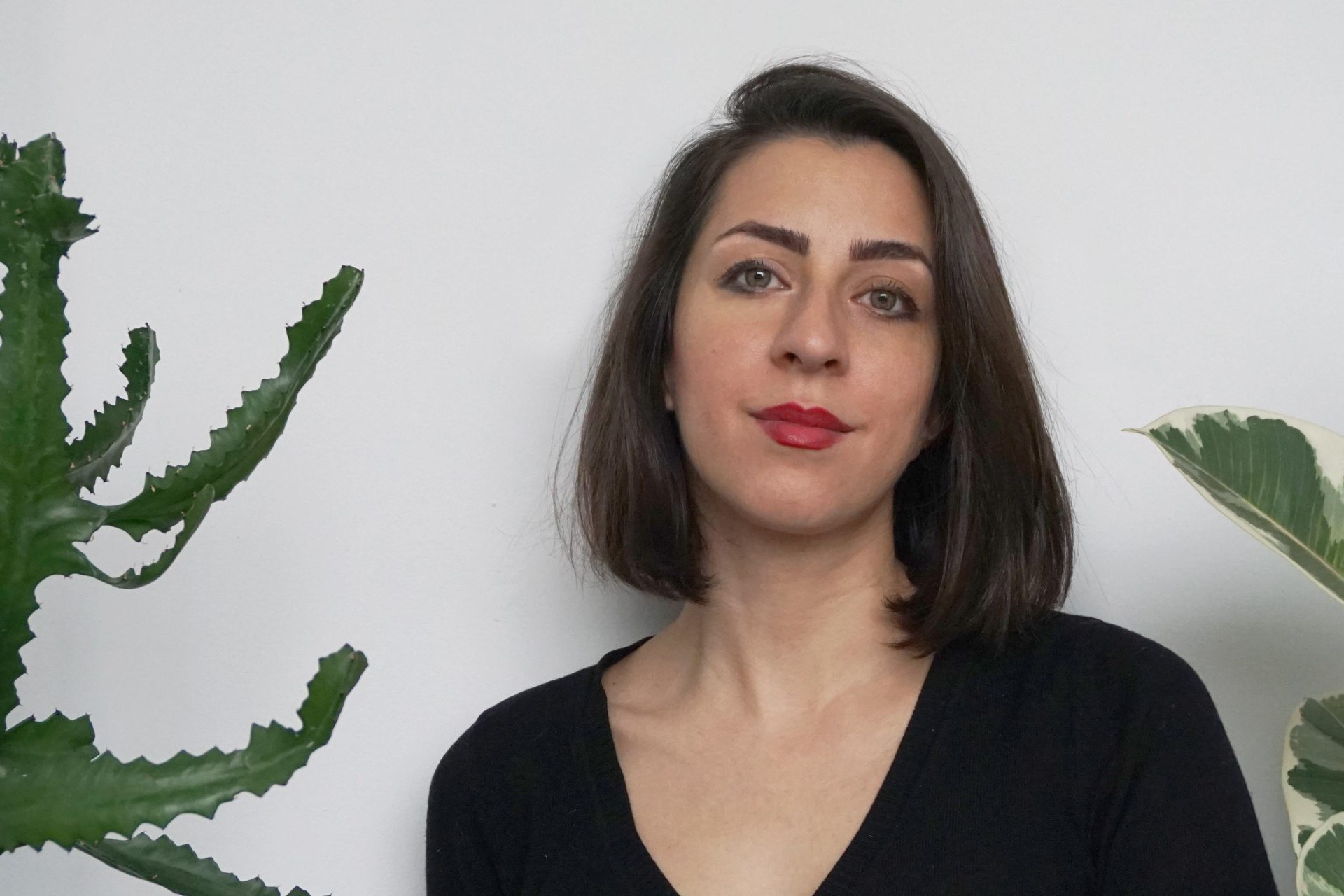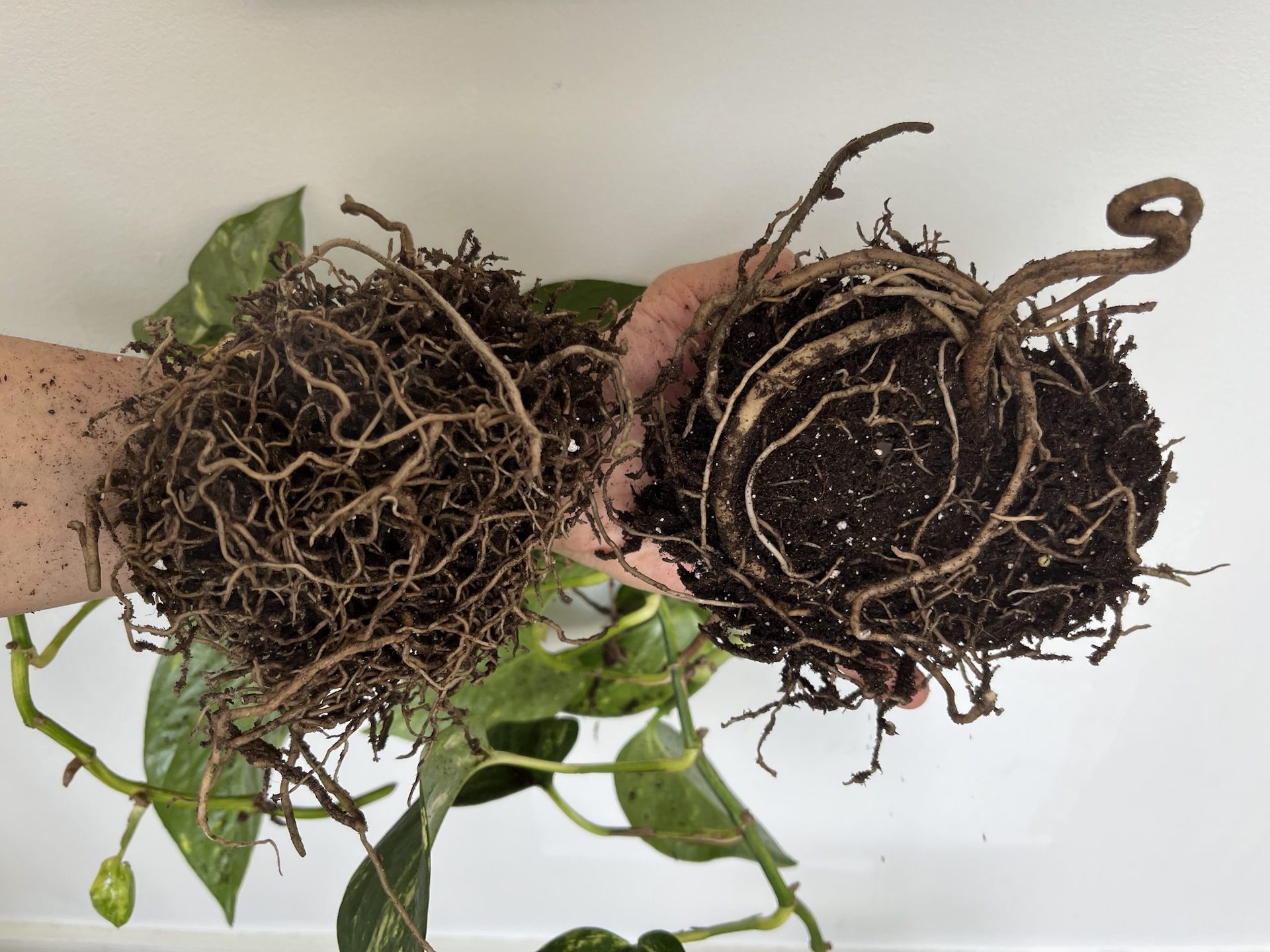 Photo courtesy of Laleh Motlagh
Photo courtesy of Laleh Motlagh Laleh Motlagh describes how she discovered art, women’s rights in Iran, and her latest exhibit, “Entanglement.”
Chicago-based artist Laleh Motlagh was born during the Iran-Iraq war in Tabriz, the northwest region of Iran, in the province of Eastern Azerbaijan. In her sophomore year of high school, she had to pick a major from math, physics, language and literature, or fine arts. Motlagh, the daughter of a mechanical engineer and a middle school principal, took an unconventional route to her studies. She chose the arts.
After receiving admission to the University of Tehran School of Fine Arts, Motlagh’s family took her uncle’s advice and moved to Chicago instead. She recalls adjusting to a new culture and life far from home nearly two decades ago. Motlagh received her bachelor’s degree in interior design and worked in the corporate world for a decade. A few years later, she attended graduate school at the University of Illinois, Chicago, to reignite her art career.
Since completing her Master’s in Fine Arts, Motlagh has been immersed in her artistic expression, drawing on her background as an Iranian woman in the United States. In her latest exhibition, “Entanglement,” at the contemporary art gallery SoNA Chicago, she focuses on the idea of confinement and displacement. Motlagh used her house plants to illustrate the adversity she has faced and the roots she has planted in her new home.
Motlagh discusses discovering art, women’s rights in Iran, moving to Chicago, and her latest exhibition. This interview has been edited for length and clarity.
How did you get into art?
I was born in a middle-class family. My dad was a mechanical engineer. My mom was a middle school principal, which wasn’t very common for a female then. I started art as an activity during summer breaks. My parents signed me up for art classes in Tabriz. It was very basic. The classes focused on techniques and using different mediums like graphite pencils, charcoal, or watercolor. I liked it so much that I ended up signing up for classes for the year. At some point, I went to a Fine Arts High School in Tabriz. It was a very good school. Our teachers were incredible. They had a deep knowledge of art and art history. I really enjoyed learning and my time at that Fine Arts high school. About a year after graduating high school, I won first place in a national competition in Iran, which meant I could go to any university I wanted. I chose the University of Tehran Fine Arts College. But a few months before starting school, we moved here. I never ended up going to Tehran or the fine arts university.
News that puts power under the spotlight and communities at the center.
Sign up for our free newsletter and get updates twice a week.
What led your family to move here?
My uncle had moved to Chicago about a year before the Revolution and was an acclaimed scientist. He had been very successful in his career but wasn’t able to visit because of the Islamic Revolution in 1979 and then the Iran-Iraq War. When he was finally able to visit 15 years later, he saw his siblings. Everyone was married and had good lives. He told his siblings, including my mom: “Why don’t you all move to the U.S. so we can all be there together?” My mom’s entire side of the family moved. I wanted to leave Iran anyway, but I planned to finish my bachelor’s degree in Tehran before leaving. It’s just that this family move ended up being a few years sooner than we anticipated. I felt the society was very patriarchal and I had a really difficult time with that. It was a lot of confinement for females — for young females. And I didn’t really seem to be having a whole lot of options there.
How did this feeling of confinement restrict you?
As a young girl, I always felt like a second-class citizen. I was always looked down in a sense. I didn’t like that. I was very bold. I wanted to do things. I wanted to wear different types of clothing. I wanted to do sports. Things as simple as that but we just couldn’t. It was always “No. It can’t be done. You’re a girl. That’s a boy thing.” It was just simple things, but at that age, those simple things were so big for you; they were always just constant confinements and fighting. There were always limitations. You cannot listen to this music. You cannot read this book. You cannot wear that. It was just always confinement. It was more about being a secondary citizen, which was extremely hard to accept.
Read More of Our Coverage
How have you kept your culture and identity alive after living in Chicago for nearly 20 years?
Your culture stays alive within you. There’s culture, biography, roots, and where I grew up. All of that is there. But as I mentioned, the confinements are also very ever-present in my art pieces. Whether you want it or not, it’s almost like your identity is there; you just have to see it or maybe protect it in some cases. I have figured out how to fit where and how I grew up into my work because it is very important to me. I also like to reference my work as something that’s so personal but also global. I think a lot of these feelings of confinement and how people in the Middle East experience it, right? It’s not just us, the Iranians. A lot of Middle Easterns have similar sort of social challenges in that they deal with patriarchy or being treated as second-class citizens, or you know, compulsory hijabs, and so on and so forth. I enjoy talking about these challenges in my work, and I think it makes the work a lot deeper.

How have you tried to convey your identity and experiences in Entanglement?
As an artist, culture and roots are important. At the same time, I don’t want to ignore the confinements. Those were also part of your life. It’s not all lovey-dovey, fun things we had in Iran. There were also a lot of challenges. For me, part of my work is related to my roots and my upbringing.
Entanglement was a solo exhibition at the SONA gallery that I worked on for about seven to eight months. It also included a continuous series of previous works. I primarily work with houseplants. I have about 170 houseplants. As you know, house plants are in a pot. Even though they thrive and grow, they have to stay within that pot. They have to fit in that pot. No matter how big you grow, you are still confined. I relate to that a lot when I talk about my background and the society I grew up in.
I also included many drawings and paintings of my houseplants and my relationship to them in that exhibition. I wanted to explore this notion of quietness, silence, slowing down and observing. It is something we are really encouraged to stay away from. We’re forced, I should say, not to slow down in our capitalist society. We are constantly like run, run, run. This idea was another big part of the exhibition.
One thing that always stays with an immigrant is this in-between space. No matter how long you stay in your new country, you’re never fully from there. You know? In my case, I’m not from Tabriz. I was born there, but I don’t really relate to Tabriz. And now I live in Chicago. I’m not from Chicago. I live here, but I’m not fully from here. There’s always this in-between space that is in this void that you have to grapple with for your entire life. I think that’s the one thing that stays with me and maybe with the majority of immigrants.


